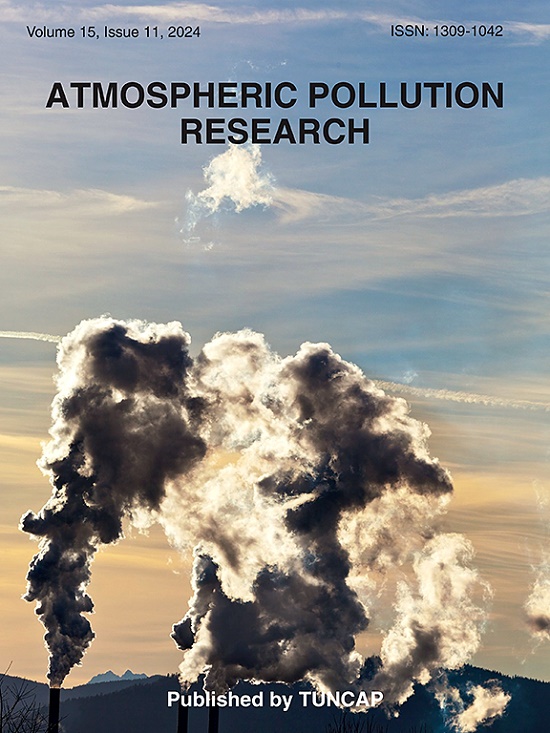Improving short-term forecasting of surface dust concentration in Northern China: Integrating machine learning with multi-numerical models
IF 3.9
3区 环境科学与生态学
Q2 ENVIRONMENTAL SCIENCES
引用次数: 0
Abstract
Sand and dust storms (SDSs) are among the most significant extreme weather and climate events impacting northern China, exerting substantial influences on global climate change, the ecological environment, socioeconomic systems, and public health. Traditional dust numerical models often exhibit considerable uncertainty due to the chaotic nature of the atmosphere, inaccuracies in initial conditions, and challenges in parameterizing physical processes. Therefore, a multi-model ensemble forecasting model (ML-SDC) for surface dust concentration was developed based on machine learning with multi-numerical models across northern China. The results demonstrate that the ML-SDC model exhibits significant improvements over single dust numerical models, traditional ensemble methods, and individual machine learning models during the 0–72 h forecast period with the average correlation coefficient (R), root mean square error (RMSE), and mean absolute error (MAE) for surface dust concentration reached 0.78, 91.49 μg/m3 and 36.91 μg/m3 respectively. Additionally, the ML-SDC model has a strong spatiotemporal correction ability for dust concentration, dispersion, and transport. This finding enhances the accuracy of short-term forecasts for extreme weather, offering a valuable tool for the identification and quantitative forecasting of dust weather, while supporting improved preparedness and mitigation strategies for SDS-related impacts and advancing research in climate modeling, air quality management, and environmental sustainability.

改进中国北方地面粉尘浓度短期预报:机器学习与多数值模型的集成
沙尘暴是影响中国北方地区最重要的极端天气和气候事件之一,对全球气候变化、生态环境、社会经济系统和公众健康产生重大影响。由于大气的混沌性质、初始条件的不准确性以及参数化物理过程的挑战,传统的尘埃数值模式往往表现出相当大的不确定性。在此基础上,建立了基于机器学习的华北地区地面粉尘浓度多模式集合预报模型(ML-SDC)。结果表明:在0 ~ 72 h预测期内,ML-SDC模型对地表粉尘浓度的平均相关系数(R)、均方根误差(RMSE)和平均绝对误差(MAE)分别达到0.78、91.49和36.91 μg/m3,明显优于单尘数值模型、传统集合方法和单个机器学习模型。此外,ML-SDC模型对沙尘浓度、弥散和输运具有较强的时空校正能力。这一发现提高了极端天气短期预报的准确性,为沙尘天气的识别和定量预报提供了有价值的工具,同时支持改进sds相关影响的准备和缓解策略,并推进气候建模、空气质量管理和环境可持续性方面的研究。
本文章由计算机程序翻译,如有差异,请以英文原文为准。
求助全文
约1分钟内获得全文
求助全文
来源期刊

Atmospheric Pollution Research
ENVIRONMENTAL SCIENCES-
CiteScore
8.30
自引率
6.70%
发文量
256
审稿时长
36 days
期刊介绍:
Atmospheric Pollution Research (APR) is an international journal designed for the publication of articles on air pollution. Papers should present novel experimental results, theory and modeling of air pollution on local, regional, or global scales. Areas covered are research on inorganic, organic, and persistent organic air pollutants, air quality monitoring, air quality management, atmospheric dispersion and transport, air-surface (soil, water, and vegetation) exchange of pollutants, dry and wet deposition, indoor air quality, exposure assessment, health effects, satellite measurements, natural emissions, atmospheric chemistry, greenhouse gases, and effects on climate change.
 求助内容:
求助内容: 应助结果提醒方式:
应助结果提醒方式:


